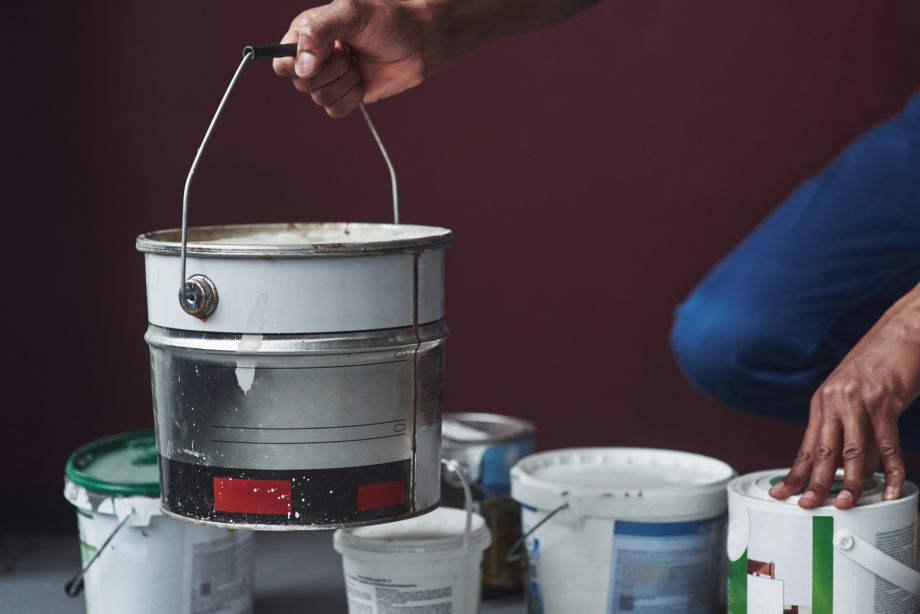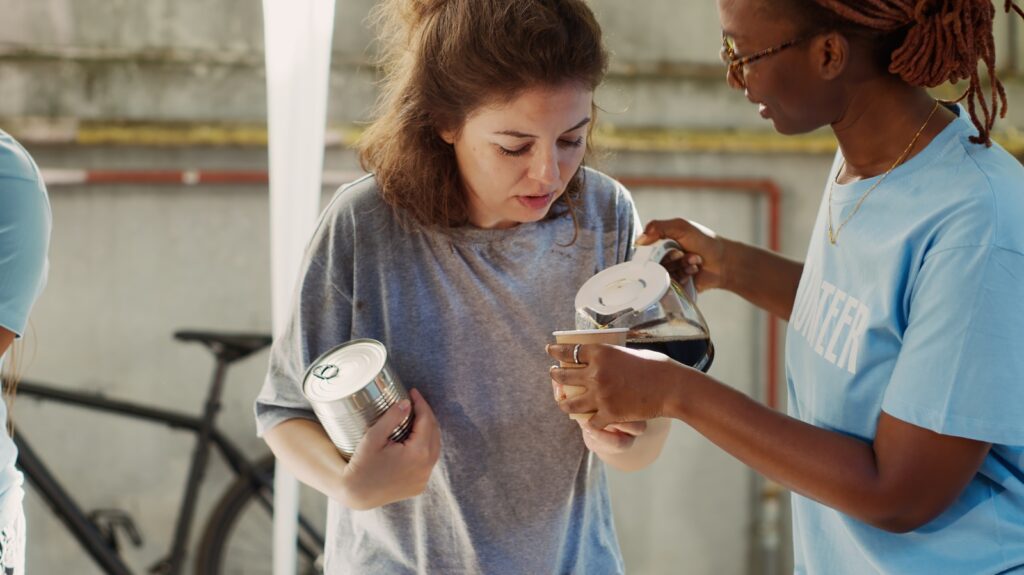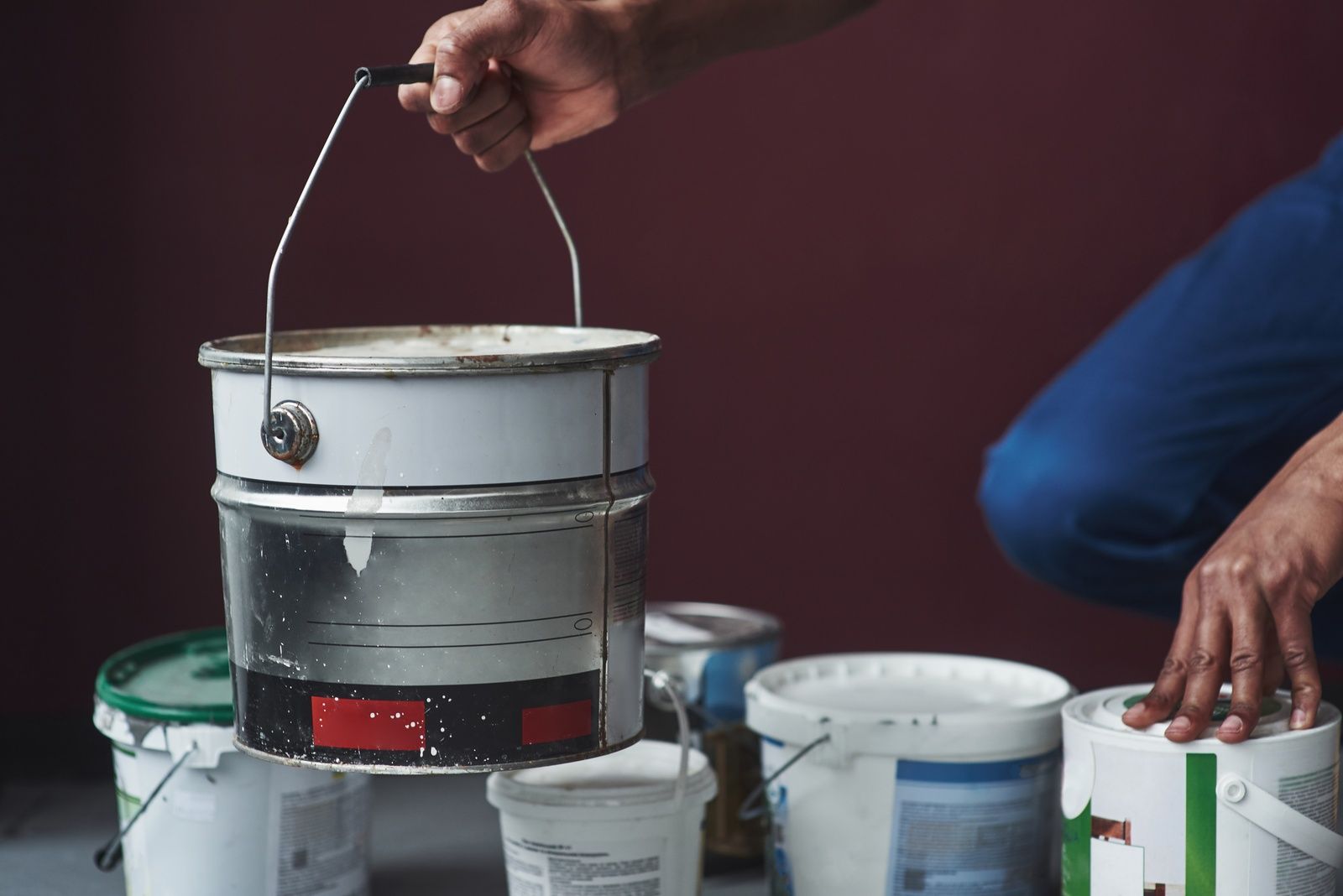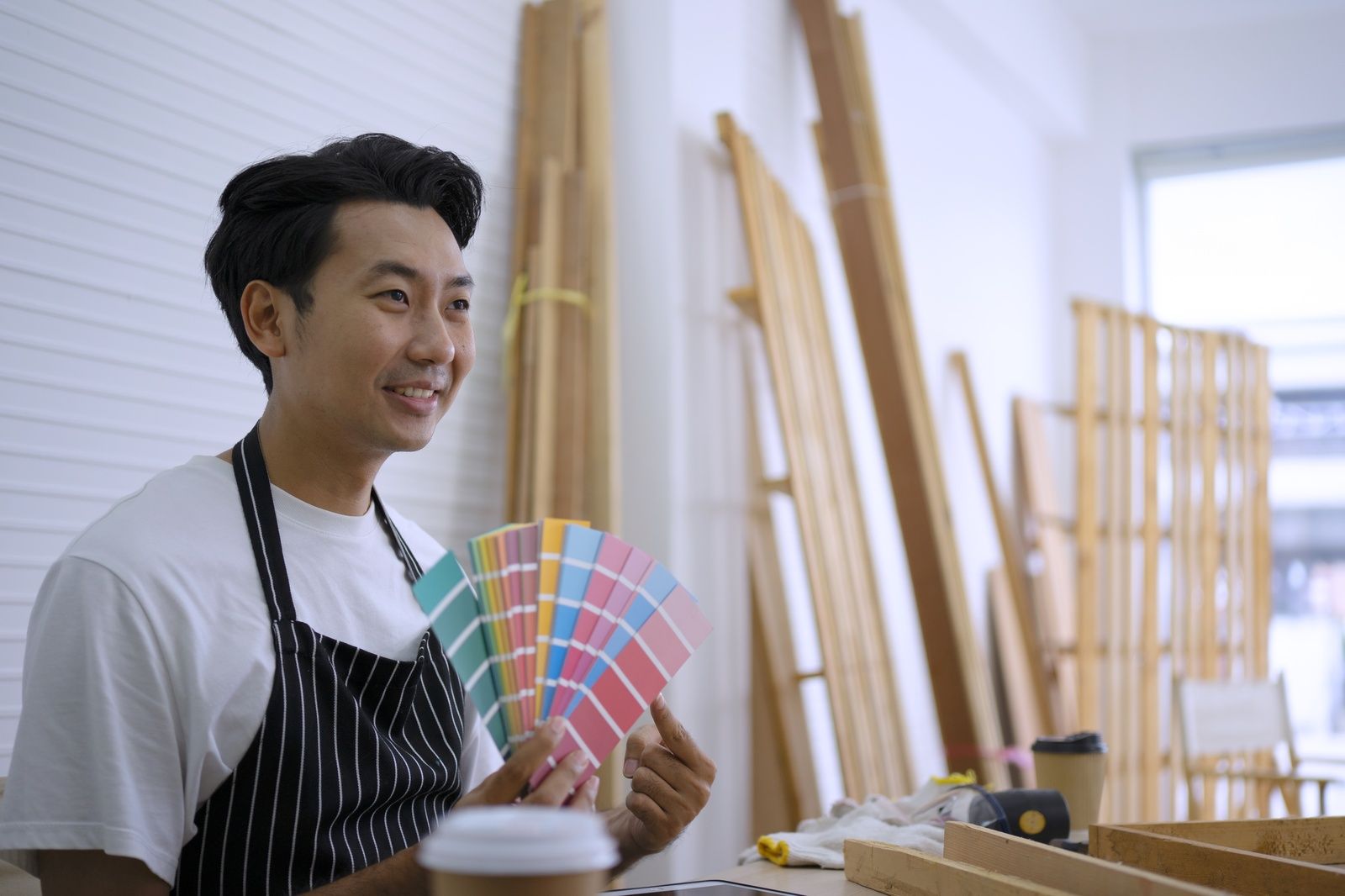
Can You Touch Up Eggshell Paint? (Yes – Here’s How)
So, you’ve noticed a scuff or a small blemish on your beautifully painted eggshell walls, and now you’re wondering, “Can I just touch it up?”
The good news is, yes, you can!
Eggshell paint might not be as forgiving as flat finishes, but with a little patience and the right technique, you can make those marks disappear without repainting the entire wall.
In this post, I’ll show you how to touch up eggshell paint in detail.
Can You Touch Up Eggshell Paint?
Yes, you can touch up eggshell paint.
But here’s the thing – while it’s touch-up-friendly, you still need to follow some basic steps to make sure you don’t end up with a patchy or uneven look.
If you rush through it or don’t prep properly, your touch-up may be noticeable and that’s never what we want.
So, yes, it’s totally doable. But like anything worth doing, a little effort up front will give you the best results.
Also Read: Can You Mix Flat And Satin Paint?
How To Touch Up Eggshell Paint
Follow these steps to make sure the touch-up blends in seamlessly with the rest of the wall:
#1 Clean The Surface
Before you start painting, the first thing you need to do is clean the area.
This might seem obvious, but it’s easy to skip.
Dust, dirt, and grime will keep the new paint from sticking properly, and you don’t want that. Just grab a soft cloth or a sponge and wipe down the spot.
If it’s a greasy area (like around the kitchen), use a little soap and water, but be gentle. No one wants to damage the paint that’s already there.
After cleaning, make sure the surface is dry before moving on to the next step.
#2 Match The Paint
One of the trickier parts about touching up paint is making sure you’ve got the right shade.
If you don’t have the original paint, you might end up with a noticeable difference in color.
So, if you still have the leftover paint from when you first painted the walls, awesome. Use that! If not, try to match it as closely as possible at your local store.
If you’re not sure about the color match, grab a small sample and test it out on a hidden part of the wall to see if it blends.
Remember, different brands of paint – even in the same color -can look slightly different once they’re on the wall, so make sure to get as close as possible.
Also Read: Can You Paint Flat Over Eggshell
#3 Apply The Paint
Now that you’ve got your paint and you’ve prepped the area, it’s time to start applying. But don’t rush through this. Take your time and be careful.
The best way to apply the touch-up paint is with a small brush.
A brush that’s too big will make it harder to control, and you might end up spreading paint beyond the area that needs it.
A small, angled brush is great for precise work. Dab the paint on gently, using small strokes that follow the natural lines of the surface. Don’t just slather it on all at once.
#4 Build In Thin Layers
When you’re touching up, less is more. Rather than trying to cover the whole spot with a thick layer of paint, start by applying a thin coat.
You can always add more later if needed.
Thin layers dry faster and will blend better with the surrounding wall. So, start small, and if you see that the mark is still showing through after the first coat dries, add another thin layer.
Patience is your friend here! It’s better to do multiple thin coats than one thick coat that could leave brush strokes or unevenness.
Also Read: Can You Tint Primer?
#5 Blend The Finish
Blending is where the magic happens.
After you’ve applied your paint, make sure to blend it into the surrounding area.
You can do this by lightly feathering the edges with your brush. This will help smooth out the transition from the touch-up area to the rest of the wall.
If you leave the edges harsh, it’ll be noticeable. A soft touch is key to making sure your touch-up is unnoticeable.
#6 Let It Dry Fully
You might be tempted to go over it once more after a few minutes, but resist the urge!
Paint needs time to fully dry and set. If you mess with it before it’s dry, you might mess up your hard work.
Be patient. Let it dry for at least a few hours, or until it feels dry to the touch.
If you’ve added a few coats, it might take a little longer, but it’s totally worth it for a flawless finish.
Tips For Best Results

Here are a few quick tips that can make your touch-up job even easier and more seamless:
- Use a small brush for more control.
- Keep the original paint can to ensure a perfect color match.
- Always do a test spot before applying paint to the visible area.
- If your wall has texture (like a popcorn ceiling or bumpy finish), try using a sponge or roller to apply paint for a more even texture.
- Work in natural light to help spot any differences in color or texture.
Bottom Line
Touching up eggshell paint is totally doable and doesn’t need to be stressful.
Just clean the area, match your paint as best as you can, and apply it in thin layers. Be patient, blend it well, and let it dry completely. With these steps, your wall will look as good as new in no time.
So, grab your brush, take your time, and you’ll be good to go!
And remember, when in doubt, always go for less paint first – because you can always add more, but it’s harder to take it off if you’ve overdone it.


